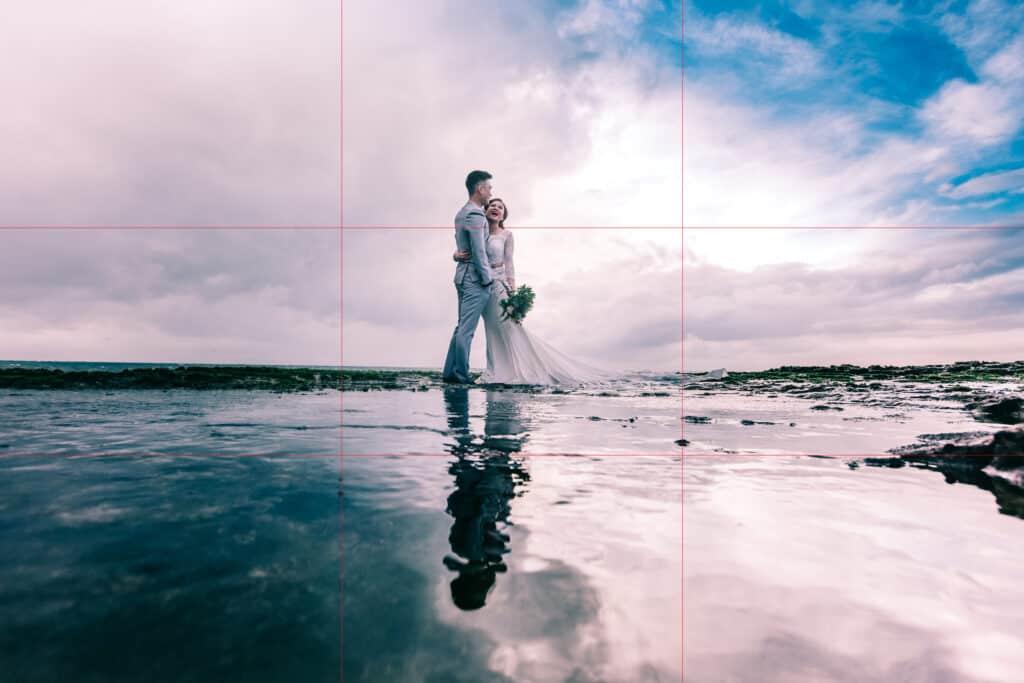Photography is more than just clicking a button or playing with exposure settings. Photography is a way to show your personal view of the world, capture a memory, and create art. All of which require properly composing your shot! Composition has rules; the biggest rule every photographer must know is the Rule of Thirds.
Composition describes how your subject is placed in relation to everything else in the picture. A pleasing composition is easy on the eye and attracts people to look at your photograph. Poor or bad composition looks awkward, doesn’t attract viewers, and tends to shy people away from an otherwise good photograph.
What is the Rule of Thirds?
The rule of thirds is the most basic compositional rule that states that if you divide your photograph evenly into thirds horizontally and vertically, the image’s subject needs to be placed at the intersection of the dividing lines. Any of the intersections! But it must be at an intersection.

If you’re capturing a landscape, however, the rule states that the horizon line needs to sit on one of the horizontal lines.
The idea is that this provides the most accurate amount of negative space. Negative space describes all of the parts of your photograph that do not have your subject in it.
When Should You Break It?
Rules are meant to be broken, but you must first understand the rule before knowing when to break it.
Not all compositions fit perfectly within the rule of thirds, especially with action photography. Action photography has an implied sense of movement. This describes the direction you think the movement will go in a still image. For example, if a dog runs to the left in a picture, the implied sense of movement is toward the left.
This factors into the composition because you always want to leave more negative space in the direction of implied movement. This keeps your photograph from feeling claustrophobic or too abruptly cropped. This may not always fit perfectly in the rule of thirds.

Another situation in which you would break the Rule of Thirds is if you’re doing abstract photography or photography with many patterns. When there is no defined subject, like in a photograph of a pattern, there is no way to apply the Rule of Thirds.
Finally, you can easily break the Rule of Thirds by using leading lines to lead the viewer’s eye to your subject. At that point, the rest of the composition matters a bit less.
Conclusion

Use the Rule of Thirds as a guide to help you create beautiful and effective compositions! But remember that this rule will not apply to every image you capture, so breaking the rules is okay too!

